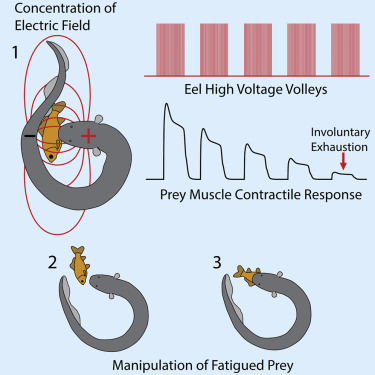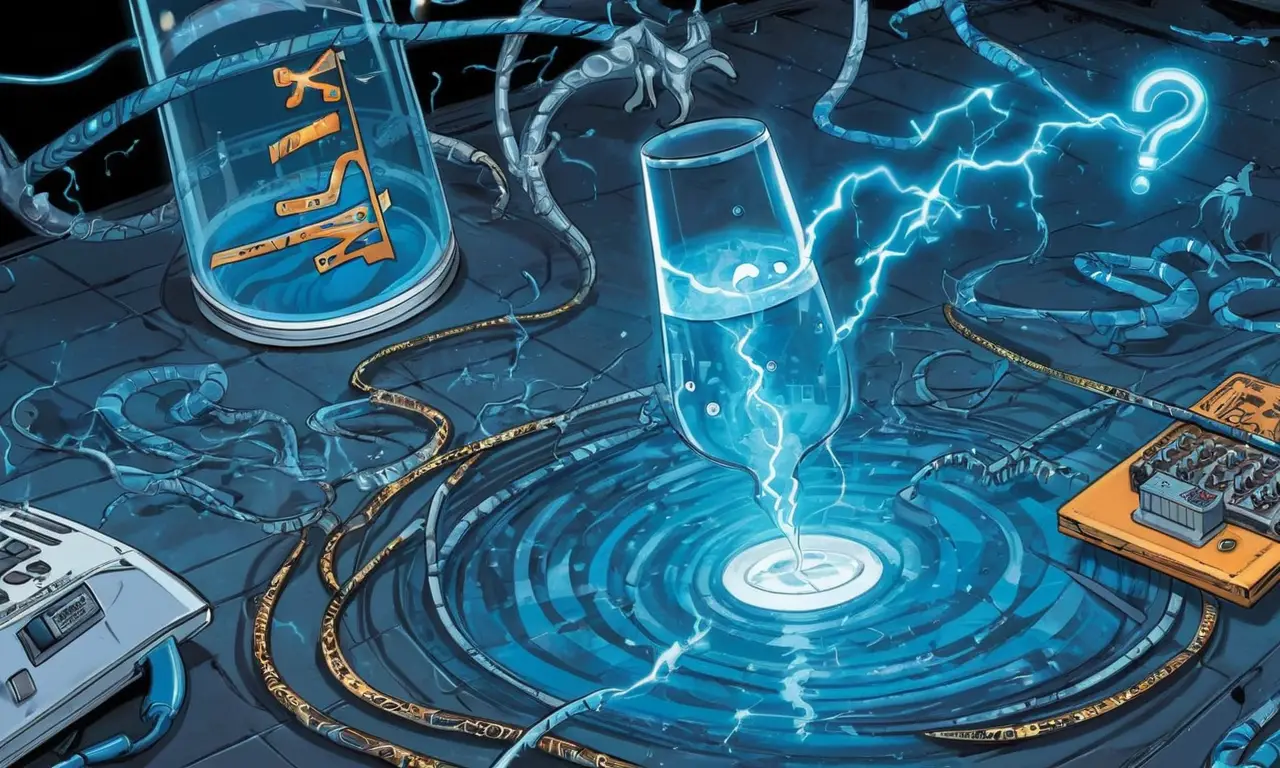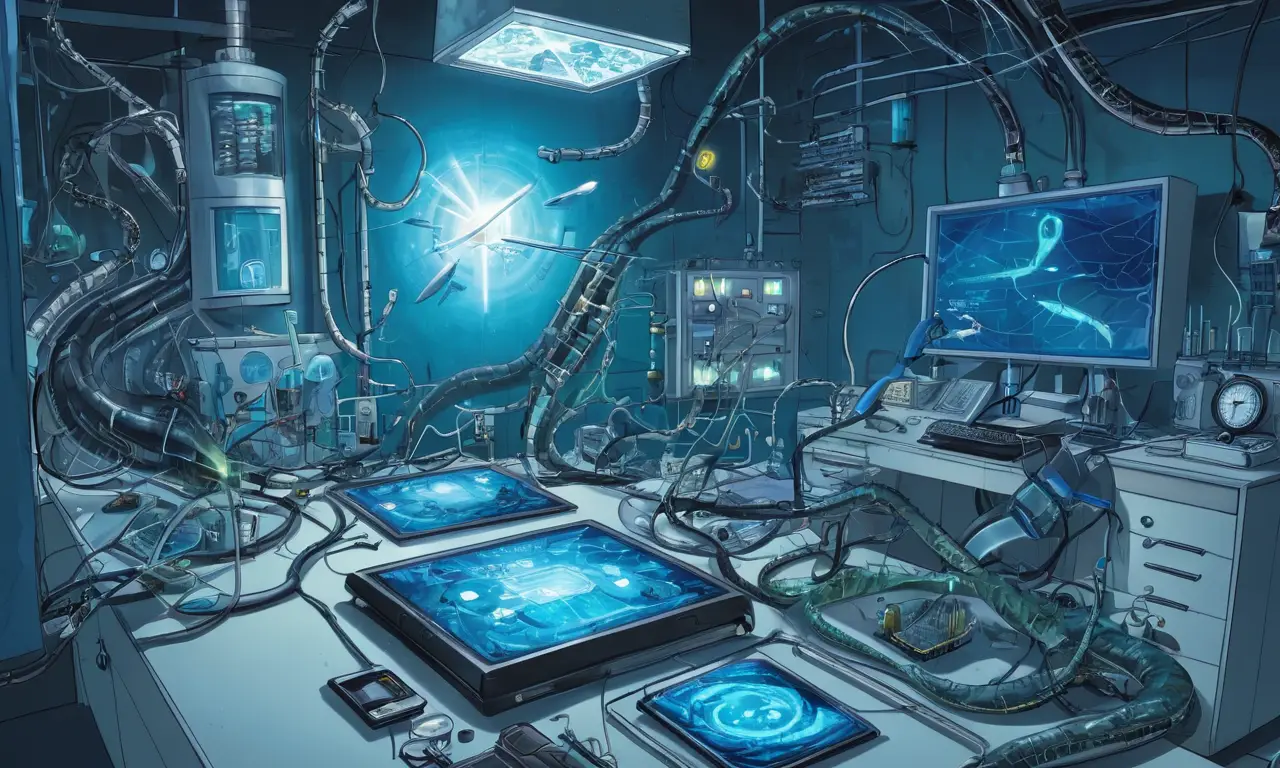
The ability of electric eels to generate powerful electrical discharges has long captured the imagination. These fascinating creatures possess a unique biological mechanism that allows them to produce up to 860 volts of electricity, enough to stun prey or deter predators. This raises a tantalizing question: could we harness this natural power source for our own needs? Could can electric eels be used for power? While the concept is intriguing, the reality is far more complex.
This article delves into the fascinating world of electric eel electricity generation, exploring both its potential and the significant challenges that stand in the way of practical applications. We’ll examine how these creatures produce electricity, the possibilities it offers for bioelectricity, and the hurdles we face in capturing, storing, and ethically utilizing this unique energy source.
Electric Eel Electricity Generation
Electric eels are not true eels but belong to a group of knifefish called Gymnotiformes. They possess specialized organs called electrocytes, which are stacked together like batteries. These electrocytes generate small electrical potentials when stimulated, and by coordinating the firing of thousands of these cells, electric eels can produce powerful discharges.
The process begins with nerve impulses that travel to the electrocytes. This triggers a chemical reaction within the cells, causing ions to flow across their membranes. This movement of charged particles creates an electrical potential difference between the inside and outside of the cell. When millions of these electrocytes fire simultaneously, their individual potentials add up, resulting in a high-voltage discharge.
Electric eels can control the intensity and duration of their discharges, using them for various purposes such as hunting, defense, and communication. They can generate both short, powerful shocks to stun prey and longer, weaker pulses for navigation and social interactions.
Bioelectricity Potential

The ability of living organisms to generate electricity holds immense potential for various applications beyond just power generation. Bioelectricity offers a renewable and sustainable energy source that could reduce our reliance on fossil fuels.
One promising area is biofuel cells, which utilize enzymes to convert chemical energy into electrical energy. These cells can be powered by organic matter such as glucose or even waste products, offering a clean and efficient way to generate electricity. Another application is in biosensors, where the electrical signals produced by living cells can be used to detect specific molecules or changes in their environment. This has applications in medical diagnostics, environmental monitoring, and food safety.
Power Generation Challenges
While the potential of electric eel electricity is undeniable, several significant challenges stand in the way of practical power generation. One major hurdle is capturing and storing the energy efficiently. Electric eels generate short bursts of high-voltage electricity, which are difficult to capture and convert into a usable form.
Current technologies for capturing bioelectricity are often inefficient and require complex systems to handle the fluctuating nature of the electrical output. Additionally, storing this captured energy poses another challenge. Batteries currently available may not be suitable for storing the high voltage and short duration bursts produced by electric eels. Developing new storage solutions specifically designed for bioelectricity is crucial for making this technology viable.
Energy Capture and Storage

Capturing and storing the electricity generated by electric eels requires innovative solutions. Researchers are exploring various methods, including:
- Electrochemical capacitors: These devices can store large amounts of energy quickly but have limited capacity.
- Supercapacitors: These offer higher energy density than traditional capacitors but still face challenges in handling the high voltage produced by electric eels.
- Hybrid systems: Combining different storage technologies, such as batteries and supercapacitors, could potentially address the limitations of individual solutions.
Further research is needed to develop efficient and scalable energy capture and storage systems specifically tailored for bioelectricity applications.
Ethical Considerations
Harnessing the power of electric eels raises ethical concerns regarding their welfare and conservation. It’s crucial to ensure that any exploitation of these creatures is done responsibly and ethically.
Potential impacts include:
- Stress and injury: Capturing and confining electric eels could cause stress and potentially injure them.
- Habitat disruption: Large-scale harvesting of electric eels could disrupt their natural habitats and populations.
- Animal welfare: Ensuring the humane treatment of electric eels throughout the entire process, from capture to energy generation, is paramount.
Strict regulations and ethical guidelines are essential to minimize any negative impacts on these unique creatures and ensure their long-term survival.
Conclusion
The ability of electric eels to generate powerful electricity presents a fascinating possibility for renewable energy. However, significant challenges remain in capturing, storing, and ethically utilizing this bioelectricity. While research continues to explore the potential of electric eel power, widespread adoption remains a distant prospect.
It’s crucial to approach this technology with caution, prioritizing the welfare of these remarkable creatures and ensuring that any development is sustainable and responsible. The future of can electric eels be used for power hinges on finding innovative solutions that balance technological advancement with ethical considerations and environmental protection.
